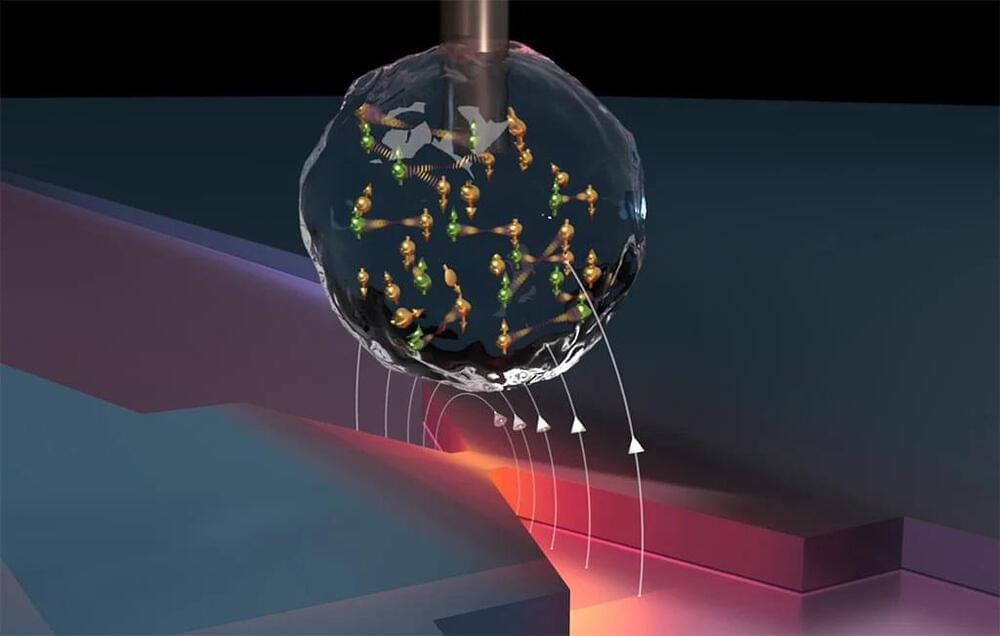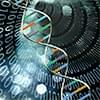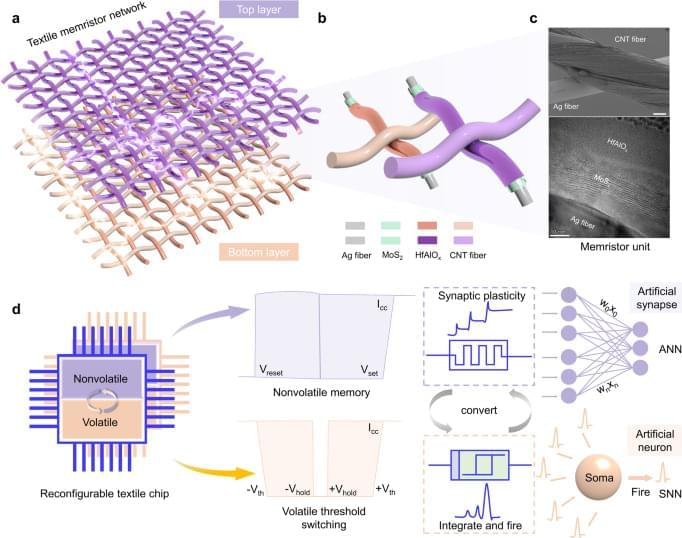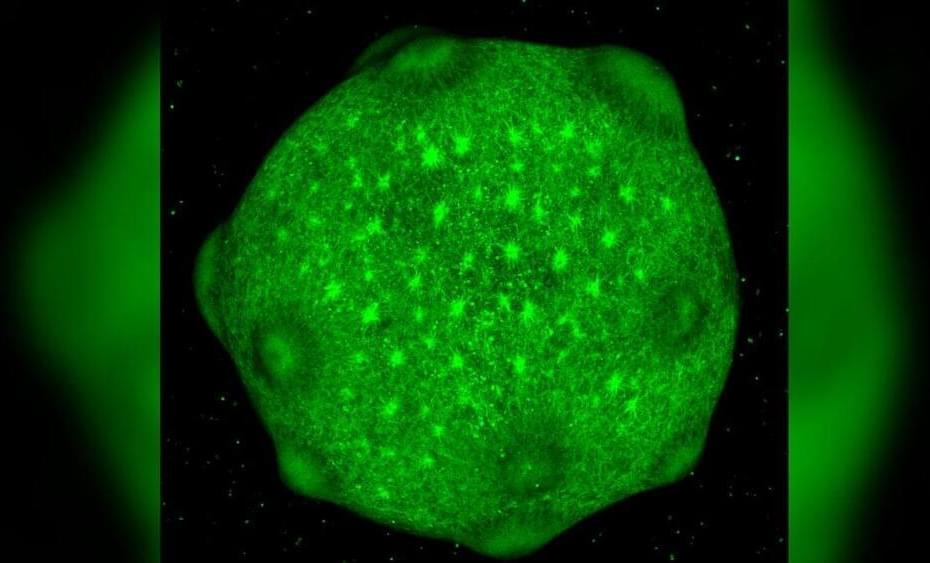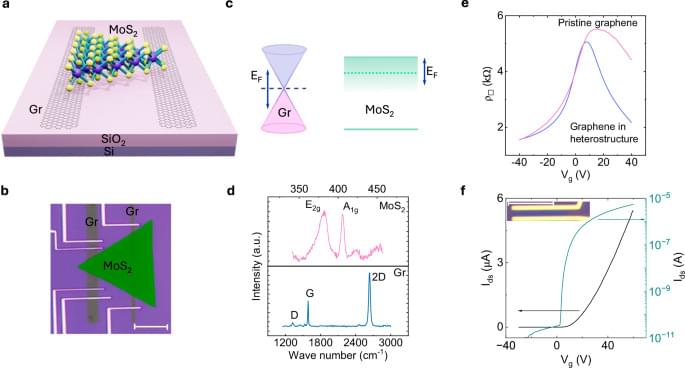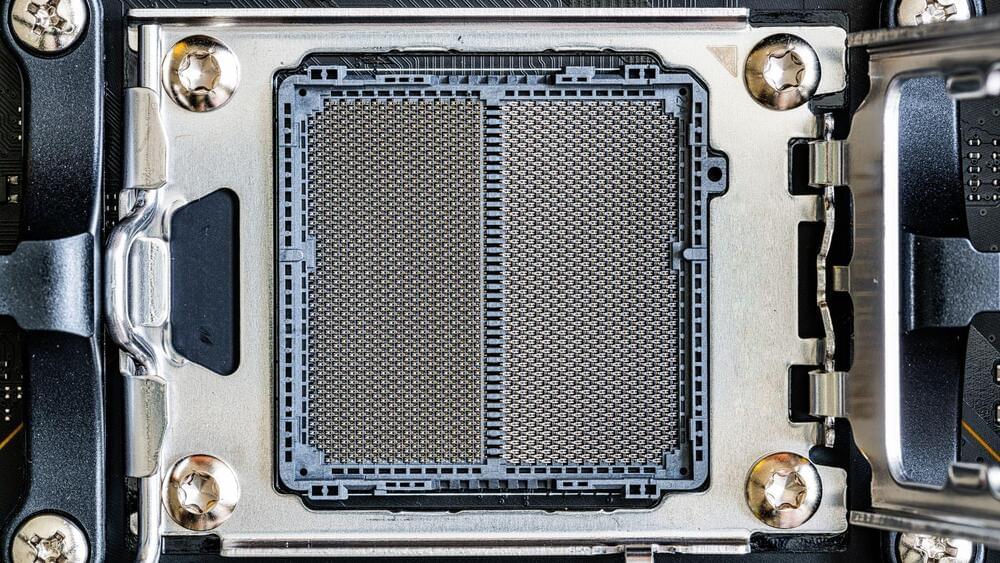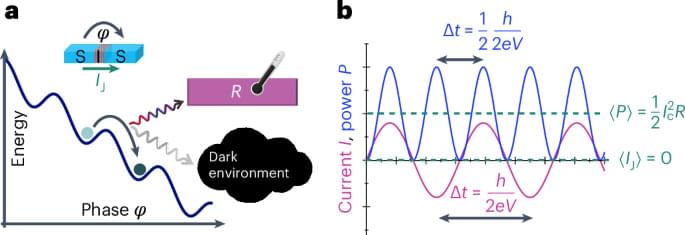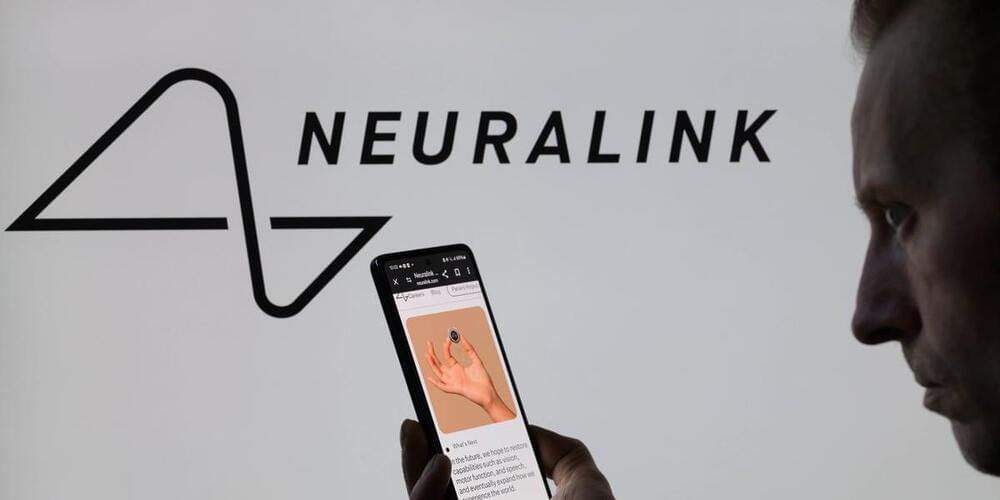Dynamic nuclear polarization (DNP) has revolutionized the field of nanoscale nuclear magnetic resonance (NMR), making it possible to study a wider range of materials, biomolecules and complex dynamic processes such as how proteins fold and change shape inside a cell.
A team of researchers at the University of Waterloo are combining pulsed DNP with nanoscale magnetic resonance force microscopy (MRFM) measurements to demonstrate that this process can be implemented on the nanoscale with high efficiency. The effort is overseen by Dr. Raffi Budakian, faculty member of the Institute for Quantum Computing and a professor in the Department of Physics and Astronomy, and his team consisting of Sahand Tabatabaei, Pritam Priyadarshi, Namanish Singh, Pardis Sahafi, and Dr. Daniel Tay.
The research has been published in Science Advances (“Large-Enhancement Nanoscale Dynamic Nuclear Polarization Near a Silicon Nanowire Surface”).
